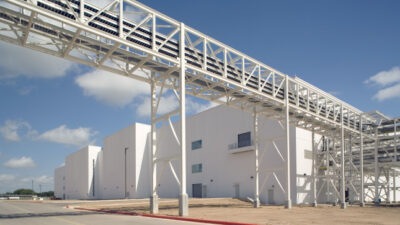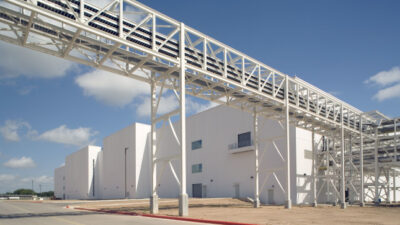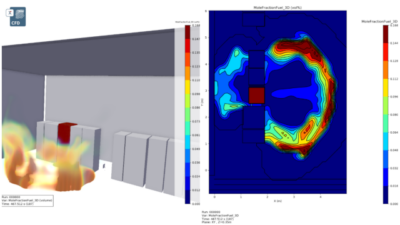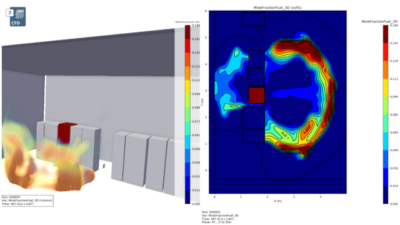A recent radio advertisement told me I'd be 58 when my youngest graduates college, and by gum, they're right (well, pretty close at least). They also told me I'd better be planning now for his collegiate career. These words ring true on many levels, not only for students and their parents, but also for the people who commission, design and operate school buildings.
A recent radio advertisement told me I’d be 58 when my youngest graduates college, and by gum, they’re right (well, pretty close at least). They also told me I’d better be planning now for his collegiate career. These words ring true on many levels, not only for students and their parents, but also for the people who commission, design and operate school buildings. Without question masterplanning is as important as good IAQ, acoustics or energy efficiency—the trends cover story reporter Barbara Horwitz-Bennett says are driving the still-hot K-12 market. But in planning, it seems that many people are having difficulty gauging the impact of the “Internet Generation” and even “Generation Y,” which preceded it.
And it’s not easy. In my daily life, all I see is school construction. This past summer it was the buzz of a helicopter air-lifting rooftop units for a renovation and air-conditioning retrofit at my 10-year-old’s grade 3-5 mini-middle school—this, after the district build a new grade 3-5 school a year ago directly adjacent to, but separate from the K-2 elementary school attended by my youngest. At our high school there’s also a significant expansion underway—this, after a multi-million dollar addition was done just four years ago. At Eastern Illinois University, where my eldest two attend classes—at least I hope so—the school just completed a renovation of its administrative building and is in the middle of constructing an Antoine Predock-designed fine arts center. Even my wife’s school (she teaches at the community college level) is in the midst of renovation-mania. Her school just remodeled its chemistry labs and the library. This building wave even carries over to supplemental schooling. I just got wrangled into crossing guard duty for my church’s religious education classes, which had to expand to weekday evenings to accommodate the nearly 1,000 kids in the program. By the way, the Catholic school that houses these children also underwent an expansion about two years ago, and this, in a community that has a second Catholic school just two blocks away!
What I’m saying is it’s good to be in the school-building business right now, but I think there’s a major void the A/E community is not filling, and that’s helping these school boards, just everyday people, better plan for how their buildings will be used in both the near- and not-so-near future. Sure, kids are coming out of the woodwork now, but will they be in five years? How about 10? How useful are these cool schools when they sit half-empty? Are they designed to take on new purposes when demographics shift? Are the M/E/P systems designed for scalability or long life cycles? Can the bigger or newer buildings be readapted?
Judging by the construction occurring at my local high school, I know my local board guessed wrong. Either their consultants also guessed incorrectly or they, like road builders, were shrewdly looking for future work. Maybe the latter is a bit cynical. That said, market yourselves for your masterplanning capabilities. We local taxpayers certainly could use some relief.



